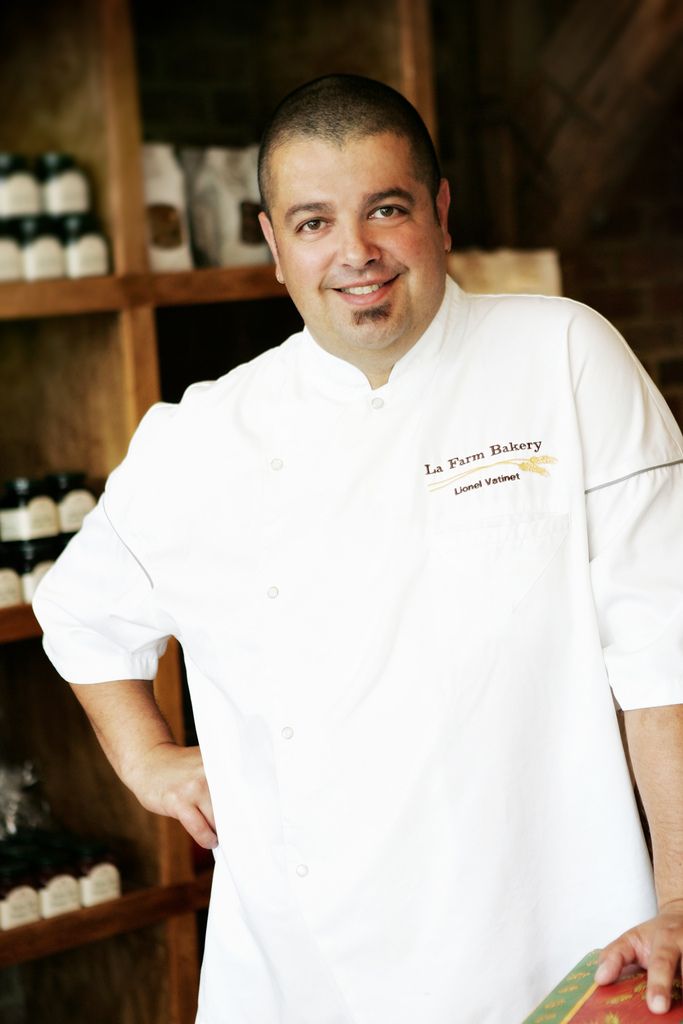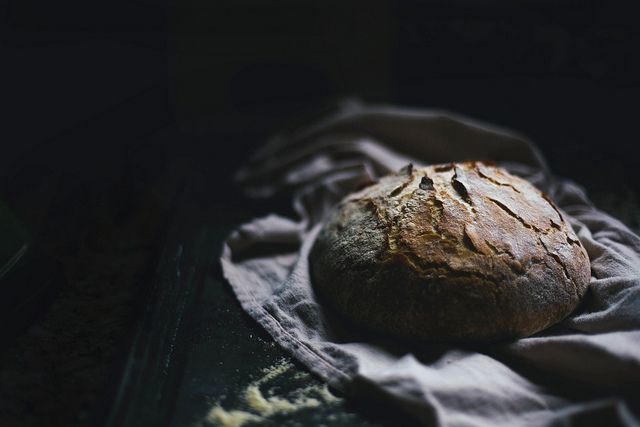Popular on Food52
Continue After Advertisement
42 Comments
BurgeoningBaker
November 19, 2013
I find the hardest thing for me is scoring the bread correctly so that it expands in the way I expect
Jeffrey L.
November 18, 2013
Knowing when its ready to bake, has it risen enough? And at what temperature to have a nice outer crust with a bit of a chewy center, especially for a sourdough.
AntoniaJames
November 18, 2013
For those of you concerned about kneading too much, this link may be of interest: http://www.thefreshloaf.com/node/9544/kneading-how-much-too-much In particular, consider this, paraphrased from Peter Reinhart, one of the most reliable and experts in home bread baking on the planet:
. . . if you are using a stand mixer, it will overheat before your bread does; and if you are kneading by hand, you will tire out long before your gluten gets overdeveloped.
For those of you who tire of kneading, let the dough do the work for you! The gluten will develop on its own, beautifully, shortening the time required for kneading, if you just let the dough sit for about 25 minutes after you do an initial minute or two of kneading, once the dough has come together.
Try it. You will be amazed. You will never find kneading too tiring again, because your dough will only require five or six additional minutes, at most. It's almost magical. Cover the dough with a damp tea towel while it's resting.
Hope this helps! ;o)
. . . if you are using a stand mixer, it will overheat before your bread does; and if you are kneading by hand, you will tire out long before your gluten gets overdeveloped.
For those of you who tire of kneading, let the dough do the work for you! The gluten will develop on its own, beautifully, shortening the time required for kneading, if you just let the dough sit for about 25 minutes after you do an initial minute or two of kneading, once the dough has come together.
Try it. You will be amazed. You will never find kneading too tiring again, because your dough will only require five or six additional minutes, at most. It's almost magical. Cover the dough with a damp tea towel while it's resting.
Hope this helps! ;o)
Krista
November 18, 2013
Getting the crispy crust is my biggest challenge - the stainless steel bowl idea is fantastic, I'll have to try it next time!
Miss F.
November 18, 2013
The most difficult thing for me is to let it cool completely after baking before cutting into it! I know that I should wait, but more often then not I just can't do it.
klrcon
November 17, 2013
My biggest challenge right now is getting a nice crunchy crust - no matter what I try - water sprays, dutch oven, it never really seems to work right. I'm going to try the stainless steel bowl method suggested here - cause hope springs eternal!
Catherine
November 17, 2013
The hardest part for me is waiting for the dough to rise, and not quite knowing what's the right temperature, how to get my kitchen to be that temperature, and knowing when it's risen!
Kacia
November 17, 2013
My many, many mistakes have been from not knowing the right "look" or "feel" before moving on to another step, becuase I don't have a baker by my side to guide me in that. For example, an experienced baker could tell me when I've over or under kneaded something, when it has too little/much flour, and when it's risen enough. Every failed loaf has helped me come closer to baking confidence though, because I know "Well THAT wasn't right. Somehow..." and I do learn from that!
Lee A.
November 16, 2013
Our high altitude and lack of humidity pose challenges in consistently getting a good result. It's always edible, but not always pretty.
muse2323
November 16, 2013
Finding a good way to bake it--I've cracked two of my favorite stones this year!
lauraandakira
November 16, 2013
The hardest part for me is sifting through bad advice and finding reliable sources for advice, tips, and recipes. This website is my go-to.
s
November 16, 2013
I live in China, so I bake with a toaster oven. These days, everything is a little bit harder.





See what other Food52 readers are saying.